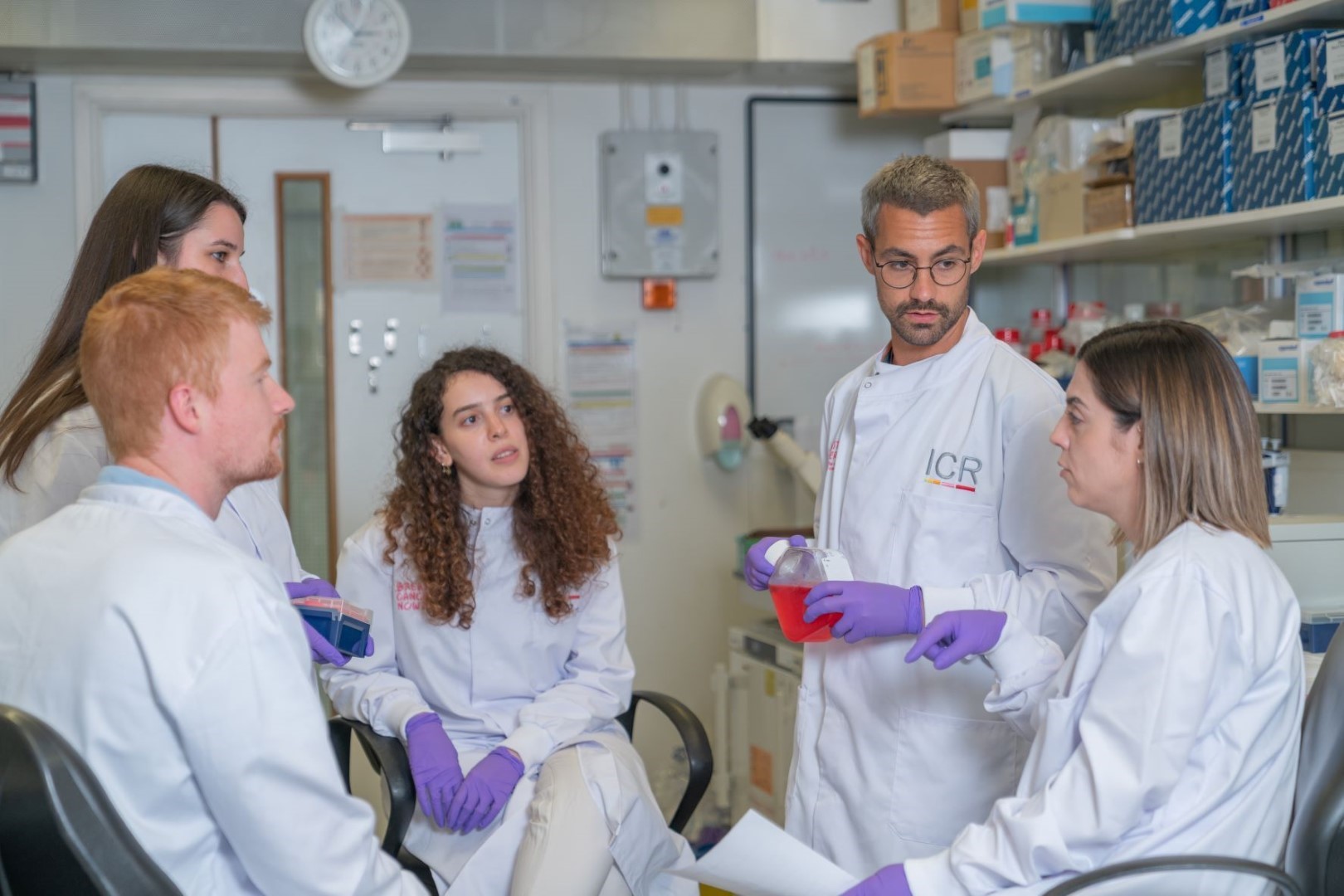We’re reporting on the San Antonio Breast Cancer Symposium 2022, the largest breast cancer conference in the world. Edd, our research communications officer, attended the symposium. He shares his highlights of days 1 to 4.
We’re reporting on the San Antonio Breast Cancer Symposium 2022, the largest breast cancer conference in the world.
Each year thousands of scientists, doctors, and patient advocates join the conference to talk about the latest discoveries in breast cancer research.
Edd, our research communications officer, attended the symposium. He shares his highlights of days 1 to 4.

Day 1 – Improving support for people with secondary breast cancer
One of the first sessions focused on improving the ways people with secondary breast cancer are supported.
Abbey Kaler, a nurse practioner/navigator from the Anderson Cancer Centre in Texas, talked about an the Advanced Breast Cancer programme. This programme is researching how to improve treatment and care for people affected by secondary breast cancer.
She explained that they found that the patient voice had been a key aspect of the programme.
They found that communications between patients and their healthcare provider was very important. As well as group support or peer-to-peer support.
The researchers hope to adapt this programme to different cultures to use around the world.
Day 2 – Looking at targeted drugs for HER2 positive breast caner
On day 2, our highlight was the second general session of the conference. This session focused on a targeted therapy called trastuzumab deruxtecan (Enhertu). This drug may be offered to people who have HER2 positive breast cancer that has spread to another part of the body.
There were several talks that focused on different aspects of the drug. Including how well it works versus other treatments.
Researchers in 2 clinical trials found that trastuzumab deruxtecan significantly improves survival for patients with secondary HER2 breast cancer, compared with the drug transtuzumab emtansine (Kadcycla).
And in another study, researchers found that trastuzumab deruxtecan may benefit even more breast cancer patients. They found that the drug worked better than anastrozole in women who have hormone positive primary breast cancer with lower HER2 levels. However, they’ll need more research to confirm these results.
Day 3 – A new treatment for ER positive, HER2 negative breast cancer
On day 3, Dr Nick Turner from our Research Centre presented findings revealing capicasertib as a potential new treatment for people with ER positive, HER2 negative breast cancer. The drug works by blocking a protein called AKT, which drives the growth of breast cancer.
When capivasertib was combined with hormone therapy in clinical trial, it doubled the time it took for cancer to progress in people with secondary ER positive, HER2 negative breast cancer.
The treatment shrank tumours in 23% of patients, compared with 12% of patients who received hormone treatment alone. The trial included 708 women and men with ER-positive and HER2-negative breast cancer that had spread around the body.
Dr Kotryna Temcinaite, senior research communications manager at Breast Cancer Now, said:
“Understanding how we can keep incurable breast cancer under control when it stops responding to existing treatments is vital to help more people live longer with the disease. We hope that people can start benefiting from this treatment combination as soon as possible.”
Day 4 – Low-dose tamoxifen
The final day saw another range of fascinating talks. Dr Andrea De Censi, from the Galliera Hospital in Genua, presented findings of a clinical trial looking at the effectiveness of low-dose tamoxifen in treating non-invasive breast cancer.
500 participants with non-invasive breast cancer from across Italy participated in the trial. The researchers gave them 5mg of tamoxifen a day, or a placebo for 3 years. The usual minimum dose for tamoxifen is 20mg.
The researchers found that taking a low dose of tamoxifen for 3 years lowered the chance of breast cancer returning at 10 years time. And there were minimal side effects.
These were just a few of the many research talks that were presented at this year’s San Antonio Breast Cancer Symposium. And it was great to see the amazing progress that has been made in 2022.
These discoveries are important steps towards the best possible treatments and support for people affected by the disease.